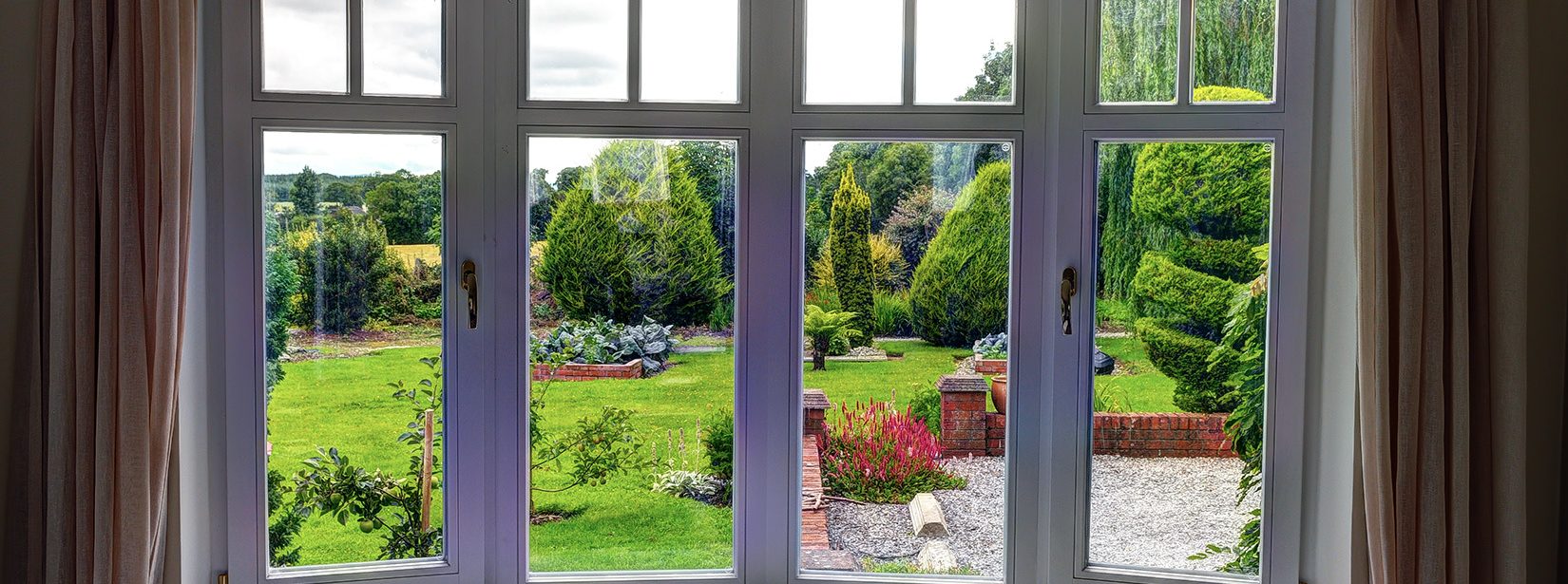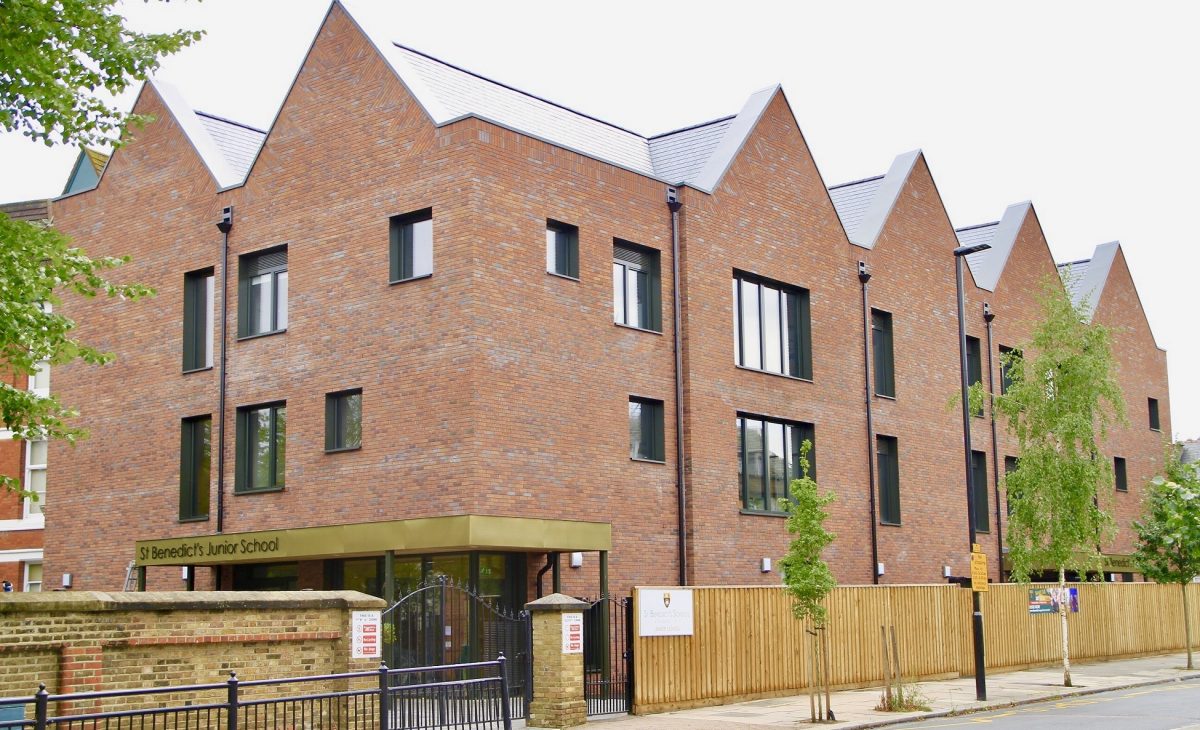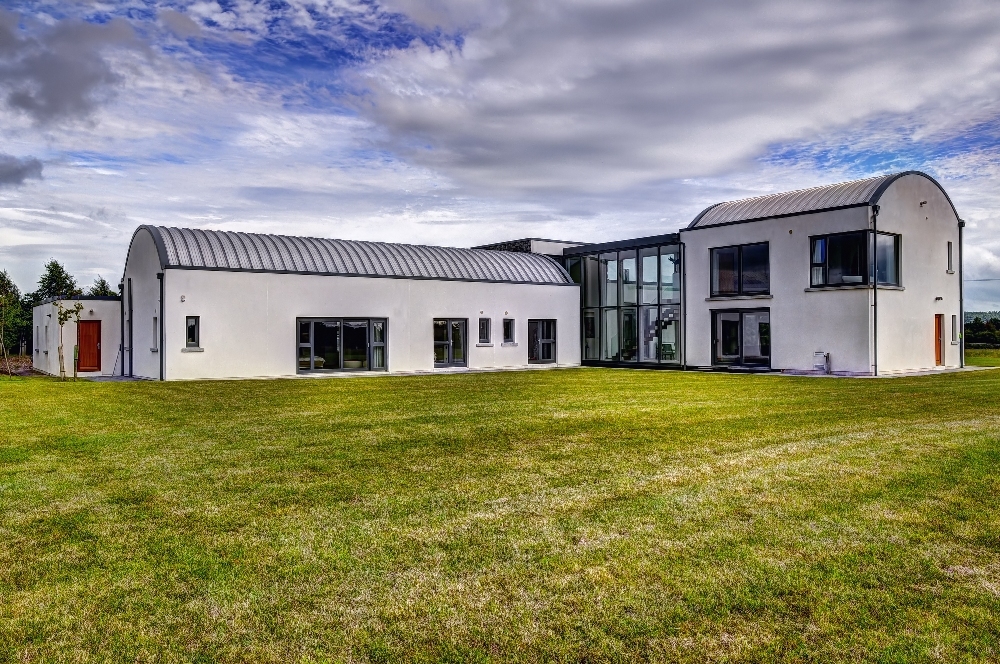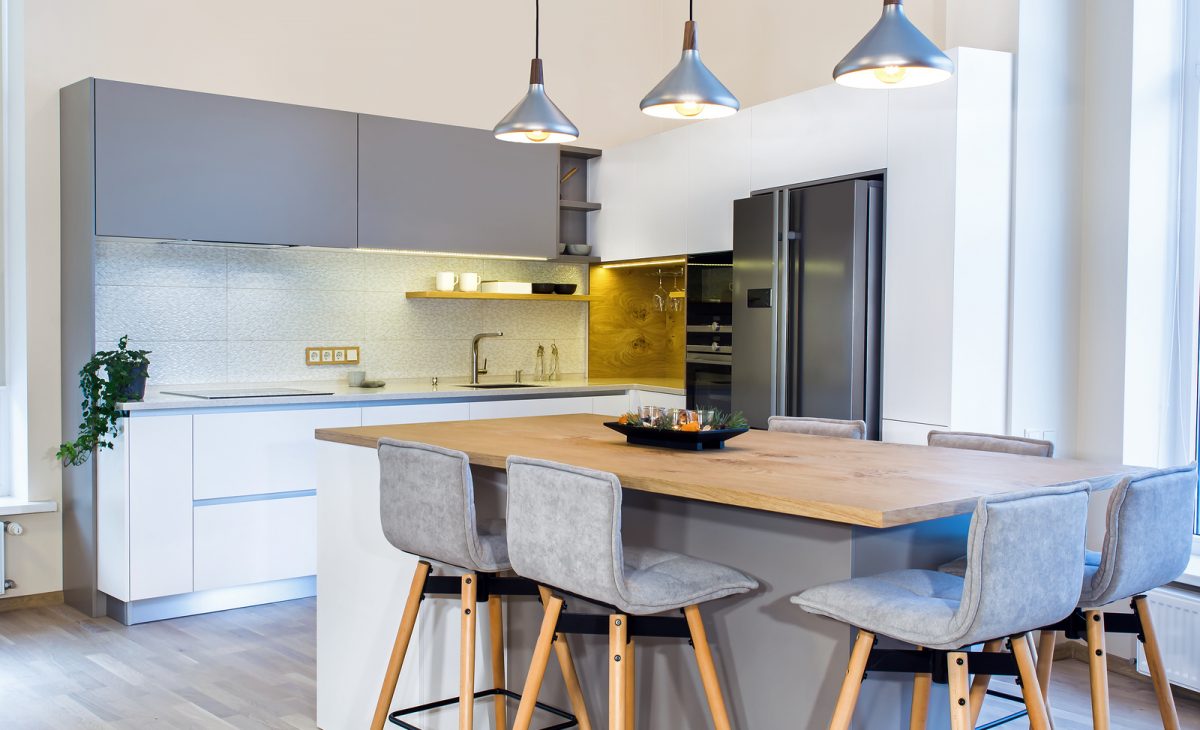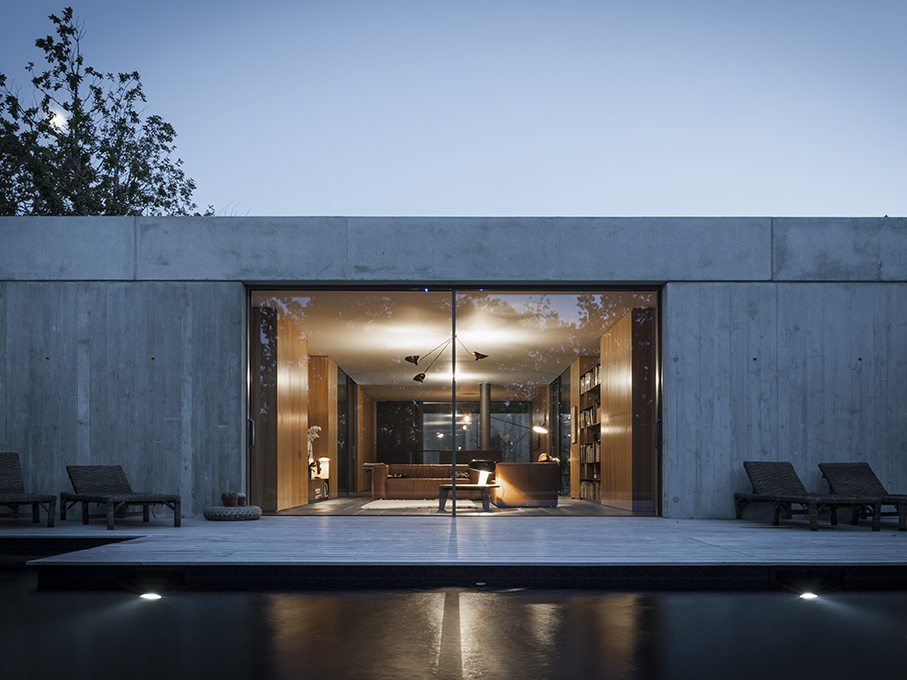Buying windows can be a tricky process, it pays to know your windows technical jargon, and it is worth being as well informed as possible before making your decision. After all, if you make the right choice, they could be with you for a lifetime. Here are some important terms explained so you can embark on your window buying journey armed with some useful industry knowledge. Take our advice and good luck with an altogether different kind of window-shopping!
1. ALU CLAD
The phrase ‘aluclad’ is used to describe windows (or patio doors for that matter) where the frame is made of solid wood with aluminium attached to the external face of the frame. With aluclad windows, the cladding acts like a protective skin, offering protection and breathability, greatly reducing maintenance while increasing longevity.
2. PASSIVE HOUSE / PASSIVHAUS
A Passive House is essentially a building specifically engineered to be highly energy efficient. High specification building materials, glazing, and ventilation systems are utilised to control the heat and airflow throughout the building. When in comes to Passive House windows, there are recognised standards developed in order to facilitate the design of such buildings with the most internationally recognised being the Passivhaus standard, developed in Germany.
3. U-VALUE
U-Value is a term that you will hear frequently used by architects, builders and engineers alike. It refers to the heat that is lost through any substance that makes up the shell of your home, it’s a standard applied to walls and roofs, as well as windows, doors and other openings. The lower the U-Value, the better the heat retention.
4. G-VALUE
G-value, also known as solar gain, is also a term regularly used by those in the business of designing and constructing buildings. It refers to the amount of heat that is absorbed through the windows when the sun hits them. The balance between this and U-Value is often a consideration because often as U-Value is improves, solar gain is decreased.
5. LOW-E GLASS
Low-E, or low emissivity coatings are utilised in glazing to reduce the loss of interior heat through windows. Glass by nature, has quite high emissivity, as anyone who has ever put their face against a window in winter-time will know. By applying low-e coatings to one or two panes of a triple glazed window (always two in the case of Zyle Fenster windows!), the U-Value of the windows can be considerably improved.
6. PAS 24
PAS 24 refers to an industry standard for windows and doors security based in the UK. In order to achieve PAS 24 status, products are subject to rigorous testing. All Zyle Fenster Contemporary Doors meet the requirements.
7. PASCALS
Pascals are the units in which pressure or stress on structures are measures. This can be an important consideration when buying windows or doors, particularly if you intend to build a home in coastal, mountainous regions. Somewhat counter-intuitively, it is also important to have glazing with high pascal ratings when building in cities with tall buildings, as tall structures can channel winds in such a way that can cause extreme pressure on glazing.
8. RAL COLOUR CHART
The RAL colour chart is a colour designation system used in many areas of construction and industrial design. For the purposes of colour selection of windows and doors, there are over 200 colours to choose from. It is wise to view a physical colour chart or sample when making a decision because images you see online or elsewhere will often not show the true colour of the RAL number.
9. TOUGHENED / LAMINATED GLASS
Both toughened and laminated glass are products that, although different, are created to serve the same two primary functions. Firstly, they are more difficult to break. In the case of toughened glass this is achieved through thermal and chemical treatments, while in the case of laminated glass, its strength is achieved through having two or more panes sealed together with either polyvinyl butyral (PVB) or ethylene-vinyl acetate (EVA). In addition to both processes creating a more robust glass, the resultant glass is safer in the case that it does break. In the case of toughened, its treatment means that it shatters into tiny pieces rather than large dangerous shards. In the case of laminated glass, the interior coating holds the glass together when it does break so that there is little loose glass to cause injury.
10. BONUS ADVICE: INSTALLATION AND AFTERCARE
There are many good window systems on the market today which will score reasonably well on some of the above criteria. However, it is important to understand that the product itself is not the only consideration when deciding on a window company to work with. It is essential that windows and doors are installed to an exacting standard to ensure years of high performance. Additionally, fluctuating weather conditions often cause products to change position slightly in the first year following installation as the engineered products settle. This may cause some water or air leakage but is nearly always solvable with some expert adjustment. Our advice is do your homework, ask around and read forums to ensure that the company you go with cares as much about you during installation and after-service, as they do at the point of sale.
